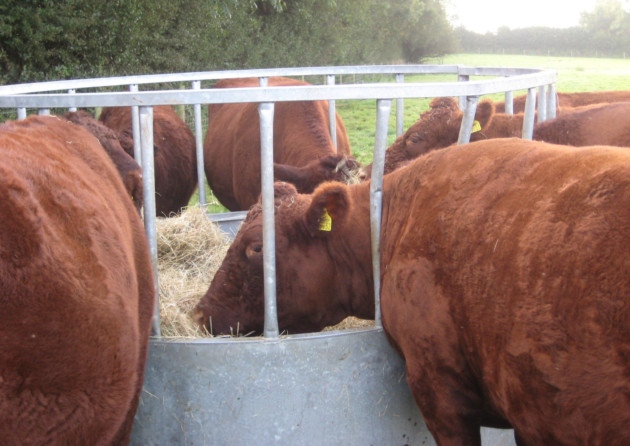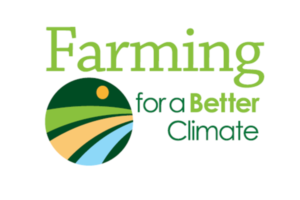Feeding the beef herd
Feed costs can account for as much as 75% of the variable costs in a beef enterprise.
Well managed grass systems can achieve similar liveweight gains as can be achieved through cereal based diets. Some farms find that housing store calves and intensively feeding produces a faster growth weight to allow sufficient confirmation for earlier slaughter. Research from SRUC has shown that finishing cattle at 12 months can reduce greenhouse gas emissions by as much as 3 times when compared to finishing cattle at 24 months. This might require higher inputs, but the carbon footprint of the animal will be reduced if the days to slaughter are shorter. Feed & bedding costs and farm setup e.g. housing availability or grazing ground restrictions, may influence such decisions.
Improving grassland management and utilisation is essential to improving production performance from grass. Grass production relies on good soil structure, health and management. More information on these topics can be found in our Soils section of the website. Find out more about increasing grass utilisation.
Increases in extreme weather such as the wet weather of 2017 or hot summer of 2018 may limit forage availability and influence feed costs. In these situations, farmers often rely on high fibre diets, but these can come at a cost if not carefully managed. Farmers should always seek advice from their feed or agricultural adviser to ensure they are maximising their feed efficiency potential from livestock.

Useful links
- Understanding feed for cattle & sheep Practical Guide
- Supplementing Beef Cattle At Grass
- Rotational Grazing
- Animal Welfare Updates
- When To Start Creep Feeding Spring Born Suckled Calves

- Farming For a Better Climate - Practical Guides - Livestock nutrition & Silage testing: Interpreting the results
- AHDB: Feeding suckler cows for better returns
- AHDB: Feeding growing and finishing cattle for better returns
Sign up to the FAS newsletter
Receive updates on news, events and publications from Scotland’s Farm Advisory Service

